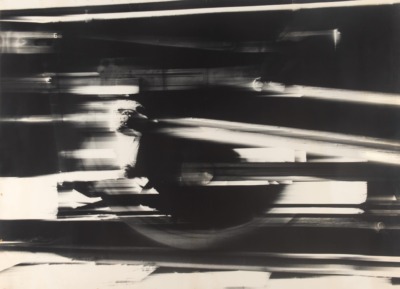- Artist
- Tsuda Yoho | 津田洋甫
Yoho Tsuda (1923–2014) joined the Naniwa Photography Club in 1948 and played a leading role in its postwar period. At first, Tsuda produced works that reinterpreted the landscape through photographic techniques, still strongly influenced by the prewar Kansai photography scene. From the mid-1950s, he moved toward a more realistic form of photography, focusing on real social issues, and began to travel to the Tohoku and Hokuriku regions of Japan. Around 1960, his interest shifted to the material world, with Tsuda producing works that explored themes such as the infinite cycle of birth and decay. This approach later expanded to lyrical expressions of transience and beauty through color photographs of the natural world. He had a solo exhibition in New York in 1980. His work is included in the collections of the Metropolitan Museum of Art, the J. Paul Getty Museum, and several art museums throughout Japan.
*This text was contributed by Mitsuhiro Wakayama.
Unauthorized reproduction or quotation is strictly prohibited. Copyright belongs to the author and this website.
*This text was contributed by Mitsuhiro Wakayama.
Unauthorized reproduction or quotation is strictly prohibited. Copyright belongs to the author and this website.
